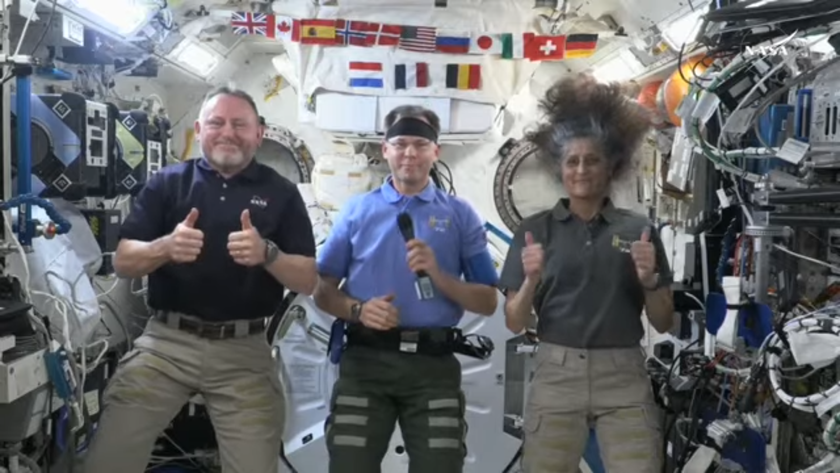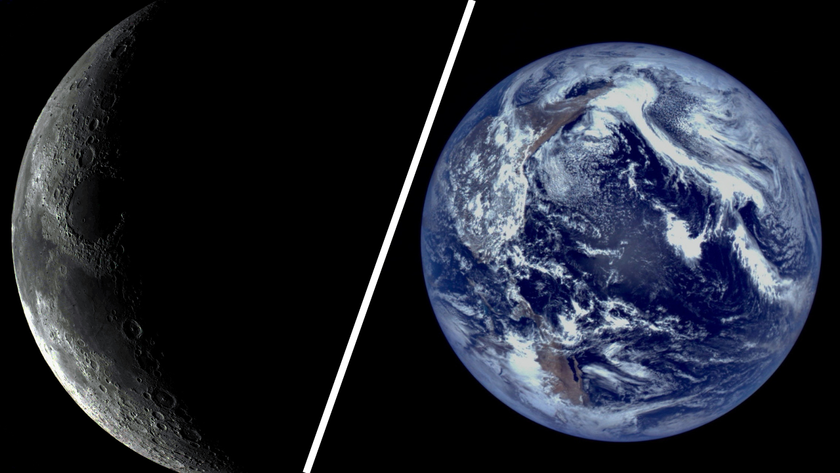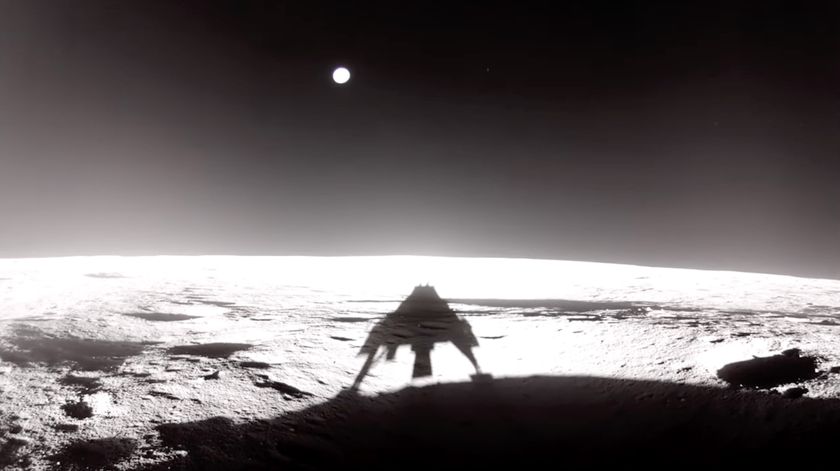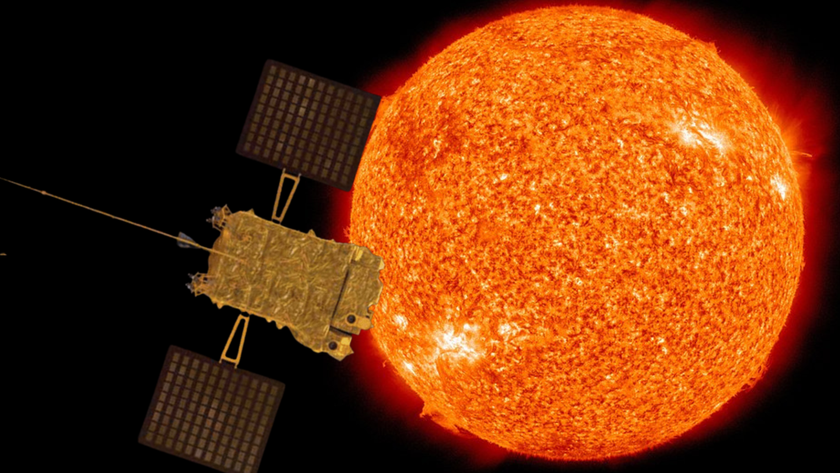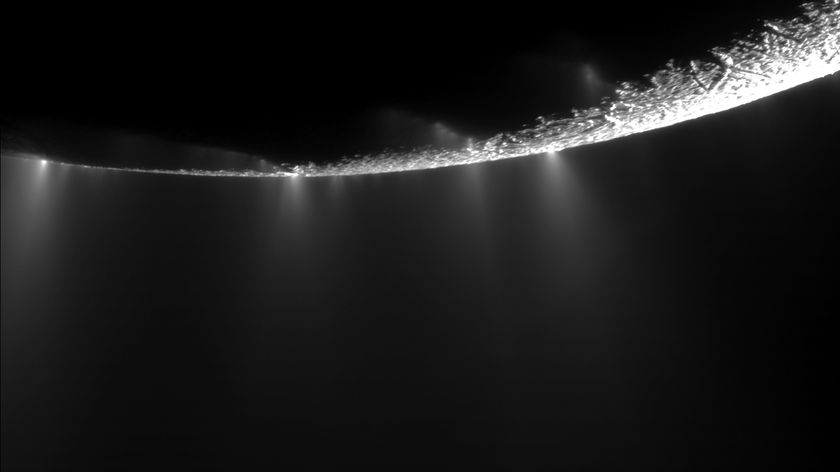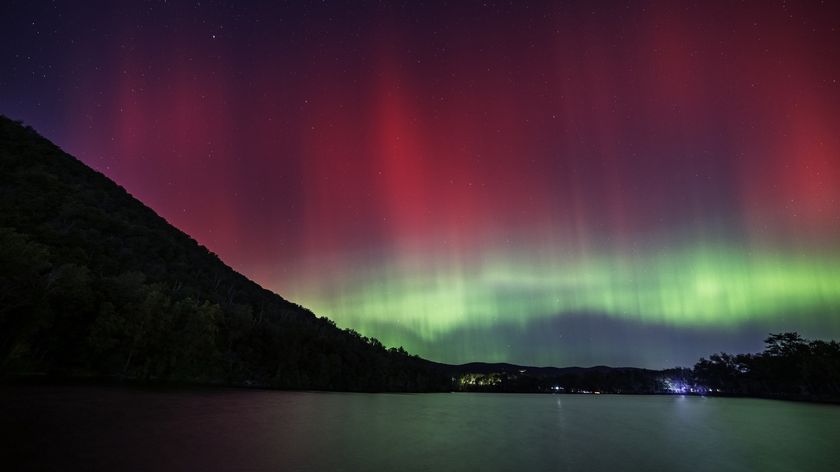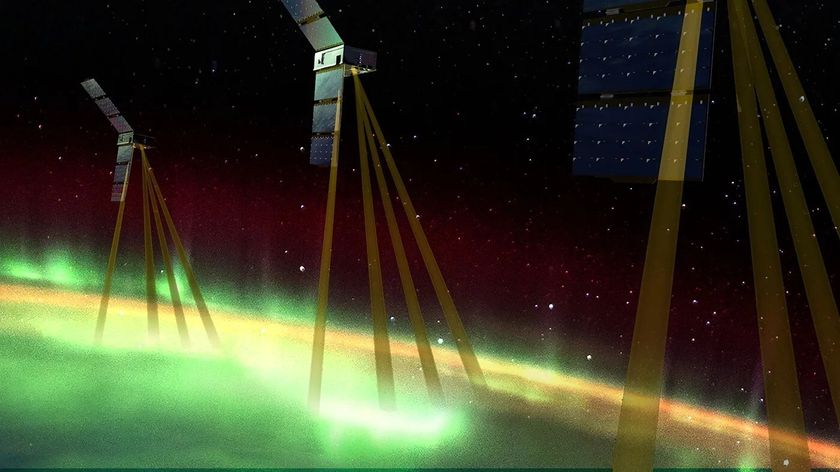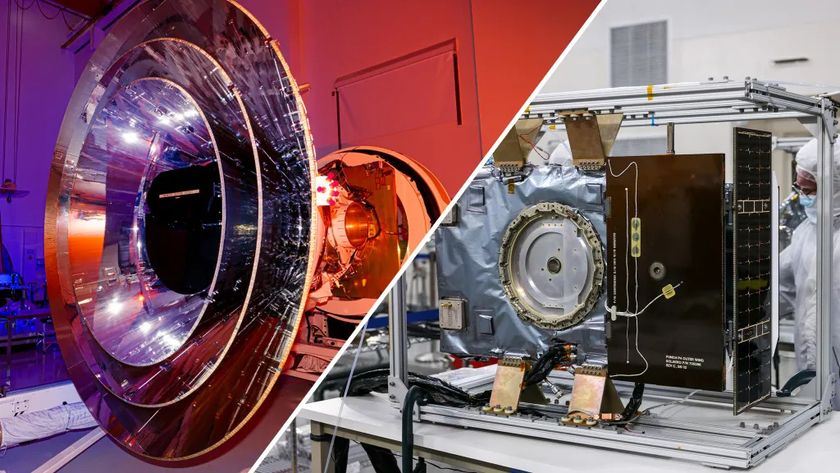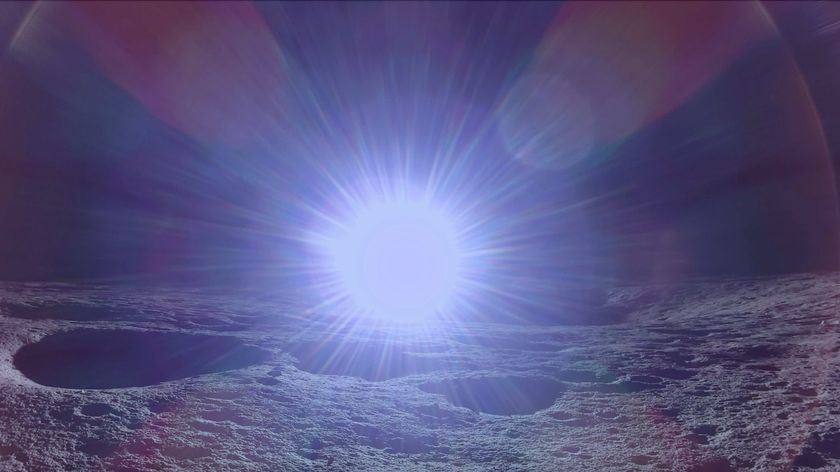Great Lakes Water Returning to Earth with Shuttle Crew
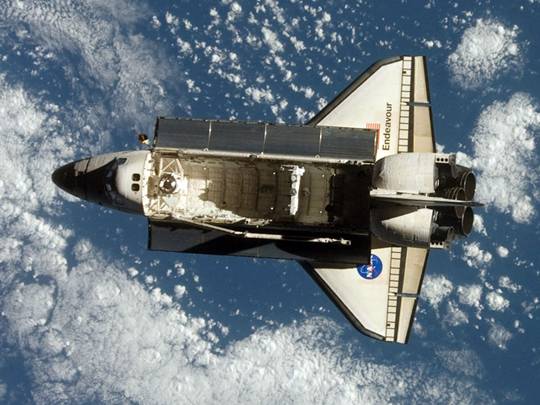
Before undocking from the International Space Station Tuesday, the crew aboard the shuttle Endeavour transferred nearly 1,200 pounds of water to the orbiting outpost. But one crewmember kept a small, but very special, set of water samples for the ride home.
Mission specialist Julie Payette, who together with space station flight engineer Bob Thirsk set a record for the first time two Canadians have been in space at the same time, launched with the water to symbolize the partnership that humans share with planet Earth. Endeavour is due to land in Florida Friday at 10:48 am. EDT (1448 GMT).
"We managed to convince NASA to bring little ampoules - they are really small, about half an inch - and in there, there is a drop [of water] from all the five Great Lakes and the three oceans that surround Canada: the Arctic Ocean, the Pacific and Atlantic," shared Payette during a preflight interview with collectSPACE.com. "It is afterwards going to be used in an exhibit in the Royal Ontario Museum in Toronto about water awareness and the importance it will play very soon in our lives."
According to the Candian Space Agency (CSA), the water was collected over the past couple of years through the collaboration of its partners, including the United States' Environmental Protection Agency. As well as highlighting biodiversity, the samples' space flight marked the 50th anniversary of the St. Lawrence Seaway system, which is considered one of the world's greatest and most strategic commercial waterways according to CSA.
The water packets were among the ten items Payette chose for her mission's Official Flight Kit (OFK), a duffle bag size container in which she and her crewmates, as well as NASA, flew items for organizations that supported the STS-127 flight and its astronauts. The OFK remained stowed for the 16-day, five-spacewalk mission that added the final component, an exterior experiment platform, to Japan's Kibo laboratory.
As the kit's manifest lists, Payette also flew a replica of an astrolabe for the Canadian Museum of Civilization, a microchip engraved with the names of all recipients of the Ordre national du Québec, and a copy of Beethoven's Fifth Symphony for the Montreal Symphony Orchestra.
Water is also represented in the form of a resin statue of a droplet flown by Payette for the One Drop Foundation, a non-profit organization led by Cirque du Soleil founder Guy Laliberté. He will follow Payette to space when he flies as a privately-funded participant on Russia's next Soyuz to the station.
Get the Space.com Newsletter
Breaking space news, the latest updates on rocket launches, skywatching events and more!
Payette also requested for the Earth-human partnership be incorporated into the patch she wore on her suit in addition to the STS-127 crew insignia.
"They were asking me what I like, you know, the little details and I said, 'the Earth', which is so impressive from space and I wish so many people could see it because it has a very big impression on how important a planet is to us, to our survival," she described. "The rest I said, 'Keep it simple, not too many things, too much hardware' and they did a superb job at representing the technical aspect, the robotic aspect but really our partnership, we humans with the planet. And that I am really, really proud about. Without being an activist, I really believe that it is really important."
SEALS, schools and starting lineups
Filling the remaining 46 out of 85 slots set aside for the crew members in the official flight kit, are items chosen by Payette's fellow fliers.
Mission specialist Chris Cassidy, who became the 500th person in history to enter space when Endeavour crossed 62 miles altitude after launching on July 15, is also only the second Navy SEAL to be an astronaut.
"I'm flying things for my military command, the places I was assigned to in the Navy," Cassidy told collectSPACE.com. Among his flight kit items is a medallion for the National Navy UDT-SEAL Museum in Fort Pierce, Florida.
Cassidy performed three of the mission's five spacewalks with Tom Marshburn and Dave Wolf.
Marshburn, a former NASA flight surgeon and one of four medical doctors who were in space during STS-127, had fun requesting an item to fly from his high school, even if another astronaut sort of stole his thunder.
"That was a lot of fun," he recalled, "walking up at my old high school to the front desk, introducing myself and just saying, 'I'd like to fly something to space'. But Eric Boe beat me to the punch, because he and I went to the same high school."
Boe also flew something for Henderson High School in Atlanta, Georgia when he launched aboard Endeavour's previous mission, STS-126 in November 2008.
Marshburn and Boe were not STS-127's only coincidental classmates: Wolf and commander Mark Polansky not only attended Purdue University in Indiana together but were once roommates. Their reunion in space inspired a show of school spirit.
"We [took] two hats and a Purdue flag," Wolf said preflight and sure enough, the two alums appeared with them in a video they downlinked during the flight.
Not everything being brought back was packed inside the official flight kit.
Japan's first long-duration crew member, Koichi Wakata, who himself is returning on Endeavour after 138 days in space, has packed away special underwear that he wore for a month without changing. Part of an experiment, the trunks belong to a special set of clothing called J-ware that was designed to kill bacteria, absorb water, insulate the body and dry quickly.
"I wore it for about a month and my station crewmembers never complained for the month so I think the experiment went fine," said Wakata in response to the Associated Press. "I'm returning that and we'll see the results after landing."
Should inclement weather at the Kennedy Space Center in Florida delay the underwear's return by a day, pilot Doug Hurley is ready with a distraction.
"We get to fly [DVDs] with us," Hurley told collectSPACE.com.
"I'm taking up the '79 Daytona 500, which is kind of when NASCAR first made it big as a nation-wide thing, and then the 1998 Daytona 500, which was where Dale Earnhardt finally won his first Daytona 500."
"I told them that if we have a wave off day, we will have something to watch."
Click here to continue to collectSPACE.com for the complete STS-127 Official Flight Kit manifest.
Copyright 2009 collectSPACE.com. All rights reserved.
Join our Space Forums to keep talking space on the latest missions, night sky and more! And if you have a news tip, correction or comment, let us know at: community@space.com.

Robert Pearlman is a space historian, journalist and the founder and editor of collectSPACE.com, a daily news publication and community devoted to space history with a particular focus on how and where space exploration intersects with pop culture. Pearlman is also a contributing writer for Space.com and co-author of "Space Stations: The Art, Science, and Reality of Working in Space” published by Smithsonian Books in 2018.In 2009, he was inducted into the U.S. Space Camp Hall of Fame in Huntsville, Alabama. In 2021, he was honored by the American Astronautical Society with the Ordway Award for Sustained Excellence in Spaceflight History. In 2023, the National Space Club Florida Committee recognized Pearlman with the Kolcum News and Communications Award for excellence in telling the space story along the Space Coast and throughout the world.
